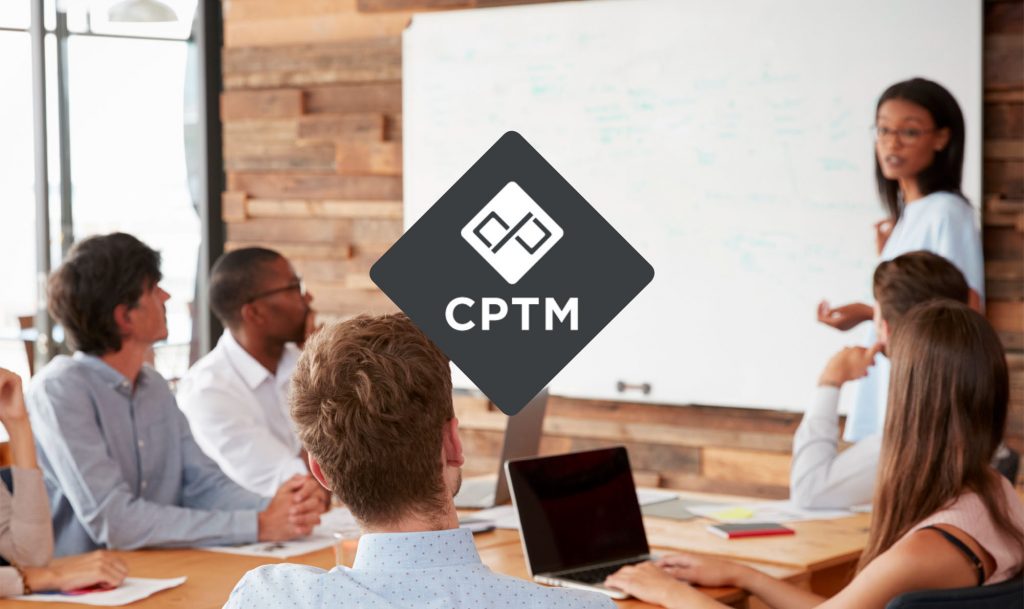Lesson 4 in our CPTM class was a big one! It seemed to have a lot of smaller topics within the big lesson. And at times, they didn’t seem to go together. But once we got through a few more of the smaller modules within the lesson, we saw the big picture.
Lesson 4 taught us about prioritizing your efforts within your training organization and sourcing the right people to fill the right roles. We learned terms such as Manager, Administrator, Curator, Designer, Developer, Learning Technologist and Instructor. Most importantly, we learned their definitions in the training world. Even if you are a small company, filling these roles with the right people (and some roles may be filled by the same person) puts you well on your way to managing a successful training organization.
We talked about using suppliers as resources to increase flexibility and capabilities within your group without committing to a full time hire, or wasting money on something that can be outsourced. Training managers should get a lot of credit for being creative and resourceful!
If you do choose to outsource, of course, be strategic. Think about how important the project is, how much control you need over it and how much proprietary content there is. Then, you can choose from 4 types of sourcing:
- Insourcing (using comparable resources within your company, sharing services with a group or parent company)
- Outsourcing (using a vendor, usually a good short term solution for a specific project
- Offshoring (using expertise out of the country)
- Nearshoring (using expertise in your country but maybe remote)
Another thing we found interesting related to sourcing was that according to the Training Industry, there are 7 Stages of Sourcing. This is a great framework to guide managers through the sourcing process.
First, there’s the assessment period where you figure out your project plan, your leadership team and the scope of the project. This can be difficult if you have a large scale project! But any of the 7 stages can be adjusted for the size and scope of your plan. After that, you get your proposal going where you identify vendors if necessary, and request proposals from them.
Once you’re ready to go, don’t forget your due diligence. During this stage, form your relationships, open communication and express your needs. Then, when you get to the next stage, contracting, everyone is on the same page and your contracts and SOWs should be clear and submitted.
Next comes the transition. This starts with a kick off meeting that transfers duties to the vendors or teams you have selected. Now, you are entered into the governance phase, which can be the longest. Keep up on that project! Meet regularly, get updates, fix issues as they come and evaluate performance. If all goes well, the last stage is the transfer stage which means your project has been completed and it’s back in your hands.
Projects, large or small, all need a little guidance. Choosing the right way to get started and see the project through will increase your odds of success. We’re grateful to the Training Industry for outlining things in a way that not only make sense as we learn them, but are easy to integrate into the life of a training manager.
Just joining us for Lesson 4? Read more about the other lessons we’ve learned here:
-L&D thoughts
-Have a thought on our blog post? Please comment below, we love to start new discussions!
